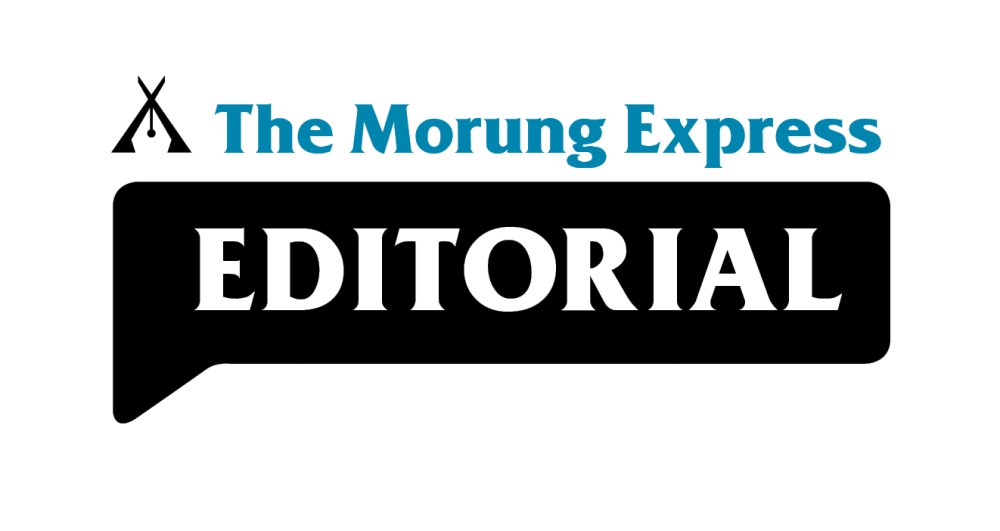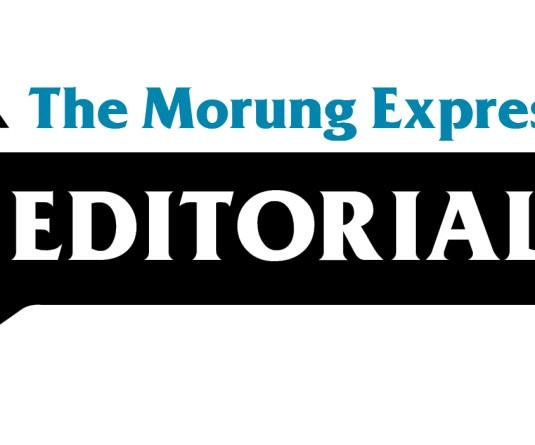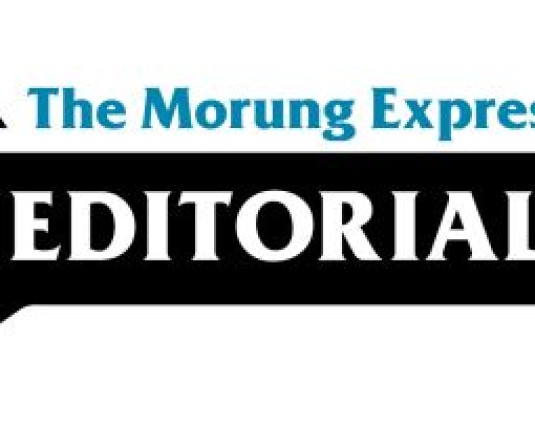
By - Asangba Tzudir
The launch of the Tobacco Free Youth Campaign (TFYC) 3.0 in Kohima last week could not have come at a more appropriate time considering the urgency of the situation. Fresh data from the Global Youth Tobacco Survey (GYTS-4) paints quite an alarming picture which shows that 43% of Nagaland’s school-going children aged 13–15 currently use some form of tobacco. It is not the case that these school going children will stop using once they enter college. This staggering statistic is not simply a number but represents thousands of young lives slowly slipping into addiction, disease, and avoidable death.
Commissioner and Secretary of Health & Family Welfare, Anoop Khinchi, rightly described the campaign’s launch as both “timely and strategic.” The growing burden of tobacco use among both adults and children in Nagaland is a grave signal reminding that this is no longer a nominal concern but a public health crisis. Even more disturbing is the age of initiation where young children are beginning to experiment with tobacco earlier than ever before, and which is also happening at a time when they are yet to fully understand the consequences of tobacco use.
Now, the danger lies not only in cigarettes but also in smokeless tobacco like gutkha, khaini, and other forms which are cheap, accessible, and ‘socially tolerated’ when compared to alcohol. And these products are sold despite legal prohibitions under the Cigarettes and Other Tobacco Products Act (COTPA) 2003. Unless strictly enforced, such laws will only remain like shields in paper.
The Tobacco Free Youth Campaign (TFYC), organized under the National Tobacco Control Programme (NTCP), aims to reverse this trend by educating and empowering young people to reject tobacco use and advocate for healthier communities. The campaign has created a situation where several educational institutions and villages across Nagaland have been declared tobacco-free zones, and the ongoing TFYC 3.0 takes this mission further by focusing on capacity building by way of training teachers, developing student leaders, and health workers to act as agents of change.
However, in spite of such campaigns, the challenge remains enormous. The fact that almost half of Nagaland’s schoolchildren use tobacco reflects deep-rooted social, economic, and behavioural factors. Many children grow up watching adults chew or smoke, normalizing the habit. Peer influence, technology and social media influence, lack of awareness, and weak enforcement are factors that continue to trap the next generation. Life-style related deaths in Nagaland should also serve as deterrence.
The government’s renewed push emphasizing on daily reporting, district-level innovation, and active student participation are critical steps. Yet, success will depend on how deeply the campaign can penetrate communities beyond the capital into rural schools, hostels, and especially homes where the problem is most entrenched and also where it can be largely prevented.
But for real change to happen, such campaign must go beyond awareness drives. While strict penalties must be enforced on vendors who sell tobacco near schools, schools must also integrate anti-tobacco education into their curriculum, not as a formality but as a sincere and sustained engagement. Most importantly, parents have a vital role in taking care of their children and to ensure that they live a tobacco free life.
The current statistics serve as both a warning and a call to action considering that Nagaland stands at a decisive moment. Today, 43% of our children are using tobacco, and which is indeed concerning when we think of their health, productivity, and future tomorrow.
While the Tobacco Free Youth Campaign 3.0 offers hope, it requires collective ownership where every school, every village, every family, every citizen must take part. A tobacco-free generation needs to be ensured today. It is a responsibility that must begin now. The future of Nagaland’s youth depends on it.
(Dr. Asangba Tzudir writes a weekly guest editorial for The Morung Express. Comments can be emailed to asangtz@gmail.com)





